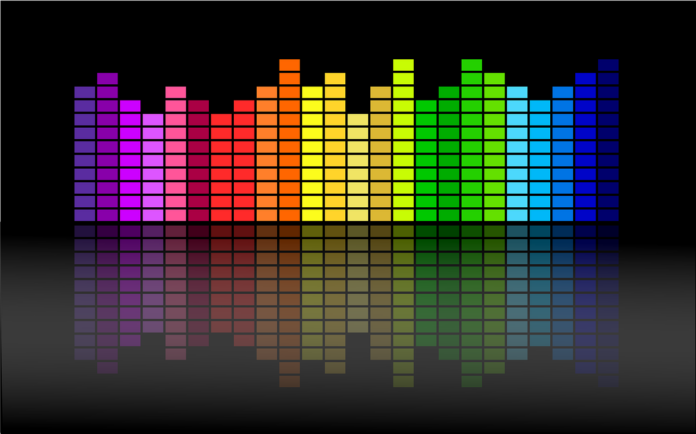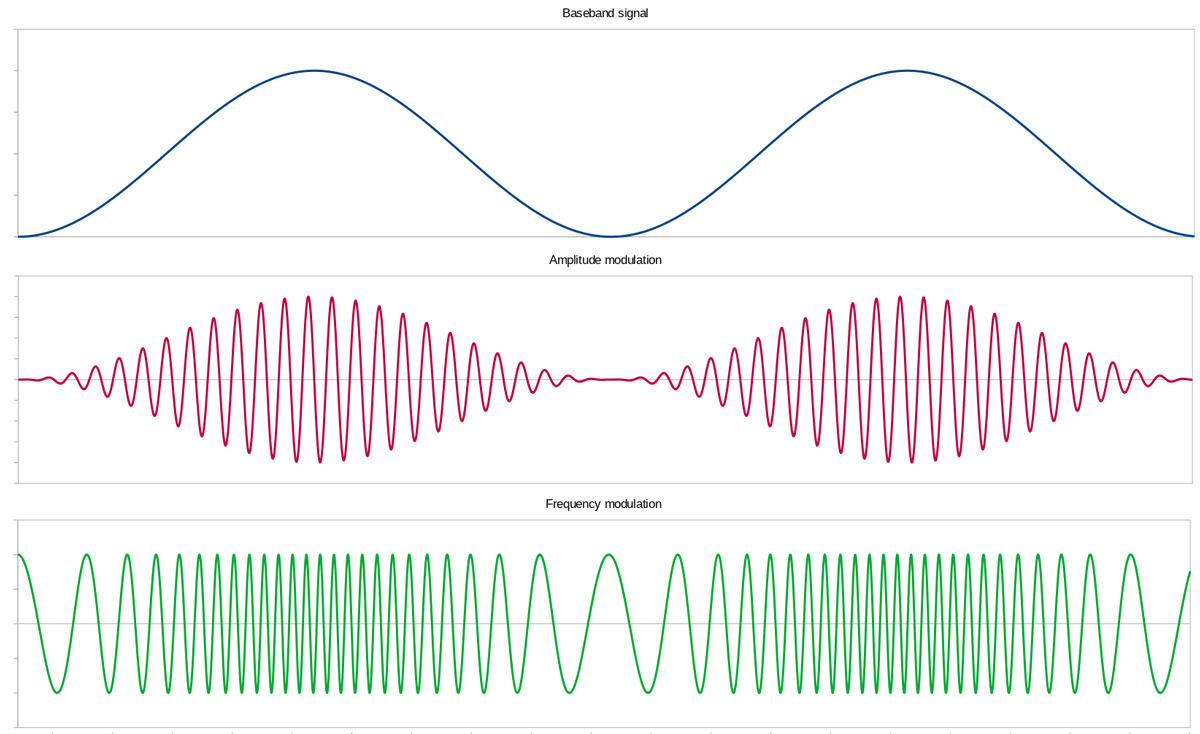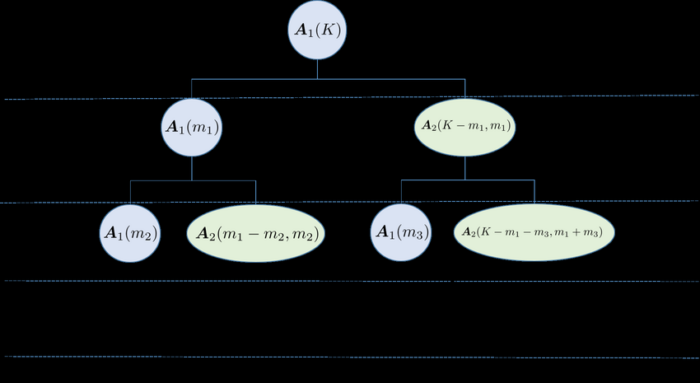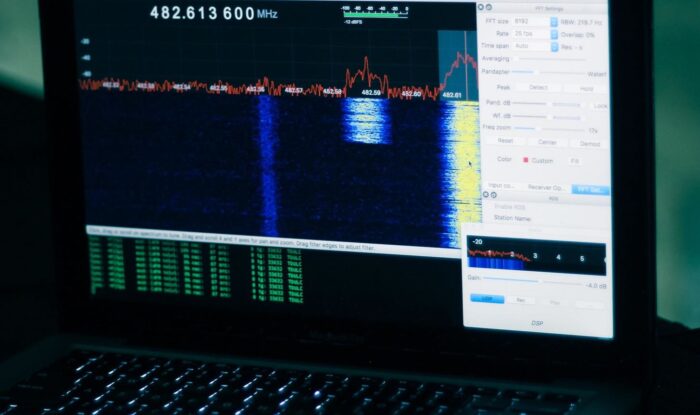
Signal decoders are vital components in radio broadcasting. Without them, the transmission and reception of clear audio or data would be impossible. They take what is essentially noise and turn it into coherent, useful information. Having worked with radio broadcasting systems for some time, I’ve seen firsthand how essential decoders are to maintaining communication networks.
Let’s get into the details of how they operate and their role in broadcasting.
Key Points
- Signal decoders process incoming transmissions into understandable information.
- They separate noise from data for smooth radio broadcasts.
- They ensure the accurate delivery of content across various frequencies.
- Signal decoders are crucial for both public and private broadcasting.
- Decoding technologies continue to evolve with advancements in broadcasting needs.
What Are Signal Decoders?
A signal decoder is a device or software designed to translate coded signals back into their original form. In radio broadcasting, they take the incoming signal from the transmitter and decode it into the content intended for the listener or viewer. The process happens quickly, but a lot of technology and expertise go into making sure it runs smoothly.
For example, some signals may carry music, while others carry data for news or sports broadcasts. Signal decoder is programmed to recognize various formats and separate them from background noise. Advanced decoding technologies ensure the clean transmission of these signals, even in challenging environments.
How Signal Decoders Work in Broadcasting
Signal decryptors operate at the core of radio broadcasting. Transmitters send encoded signals that travel long distances. However, due to interference, noise, or the limitations of frequency bands, the signals can get distorted. Signal decryptors clean them up before converting them into audio or data that the audience can understand.
Many broadcasting platforms use advanced decoders capable of working on multiple frequencies. They identify the format of the incoming transmission and interpret it accordingly. High-frequency (HF) decoding, for example, is essential for long-range communication, especially in areas with limited infrastructure.
Table: Types of Signals Decoded in Broadcasting
| Type of Signal | Common Use Case | Importance in Broadcasting |
| Analog Signal | Traditional AM/FM Radio | Maintains standard communication |
| Digital Signal | DAB Radio & Online Radio | Provides clear and error-free transmission |
| Data Signal | News, Weather, Traffic Updates | Ensures real-time information delivery |
Applications of Signal Decoders in Different Broadcasting Formats

AM and FM Broadcasting
AM and FM radio still dominate traditional broadcasting. AM broadcasts use amplitude modulation, where the signal’s strength is adjusted to encode information. FM, or frequency modulation, uses variations in the frequency of the signal. Signal decoders used in AM and FM broadcasting ensure that the information, whether music or speech, is reconstructed without any errors caused by interference or signal loss.
From my experience, FM signal decoders tend to handle more complex data, especially when it comes to stereo sound. AM ones, on the other hand, focus on consistency, as AM signals are more prone to interference due to their lower frequencies.
Digital Audio Broadcasting (DAB)
Digital Audio Broadcasting is an advanced form of radio that delivers clearer sound with less interference than traditional FM and AM broadcasts. DAB decoders handle more complex information and ensure error-free transmission by separating noise and irrelevant data from the signal. As someone who listens to DAB broadcasts regularly, I can say the quality difference between DAB and traditional radio is significant, and it’s the decryptors working behind the scenes that make that difference possible.
How Decoders Evolved Over Time

Decoding technology in broadcasting has evolved significantly. Early decoders were relatively simple, designed to handle basic AM and FM signals. As digital broadcasting became more common, so did the need for more advanced decoding solutions.
Today’s decoders support a wide range of formats and frequencies. They include features that automatically adjust to the signal type. Advanced tools, like Krypto500 and Krypto1000, decode narrowband and wideband signals for military, commercial, and public broadcasting needs. This kind of precision ensures a reliable broadcast, regardless of the environment or circumstances.
It reminds me of a time when a colleague and I worked on a project involving the transmission of emergency messages across rural areas. The decoders had to be robust enough to work even when the signals were weak. Without those advanced tools, many of those critical messages might never have reached their destinations.
FAQ
1. Why are decoders necessary for radio broadcasts?
Decoders ensure that signals transmitted over the airwaves are accurately interpreted, eliminating noise and restoring clarity in the final audio or data output.
2. Can signal decoders work on any frequency?
Yes, modern ones can handle multiple frequencies, from traditional AM/FM signals to advanced digital signals like DAB or HD Radio.
3. Are decoders used only in public radio?
No, they are used in both public and private broadcasting systems, including military communications, weather updates, and commercial broadcasts.
4. How do decoders handle interference in noisy environments?
Advanced ones use noise-reduction algorithms and signal correction techniques to remove irrelevant data, allowing them to reconstruct the intended transmission accurately.
Signal Decoders in Public and Private Broadcasting

Signal decoders play a central role not only in public radio but also in private broadcasting. For instance, commercial broadcasters rely on decoders to deliver clear audio and data for advertisements, ensuring that their message reaches the right audience. Private networks, such as those used in security or emergency services, also need reliable decoding systems to communicate effectively, especially when seconds matter.
In my personal experience, one instance comes to mind when working on a private broadcasting system for emergency alerts. The decoders had to process real-time data and voice messages during a high-pressure situation. The equipment ensured no message was garbled or lost, highlighting the importance of quality signal decoders in such systems.
Conclusion
Signal decoders remain the backbone of radio broadcasting. Whether it’s AM, FM, or digital broadcasts, decoders ensure that transmissions reach audiences clearly and without distortion. Their importance extends beyond just public radio; private networks and emergency services also rely on decoding technology for vital communications.
Advanced decoding systems help organizations tackle even the most complex broadcasting environments. Decoders clean up noisy signals, restore clarity, and make sure every transmission reaches its intended audience—whether it’s for entertainment or crucial, life-saving information.











